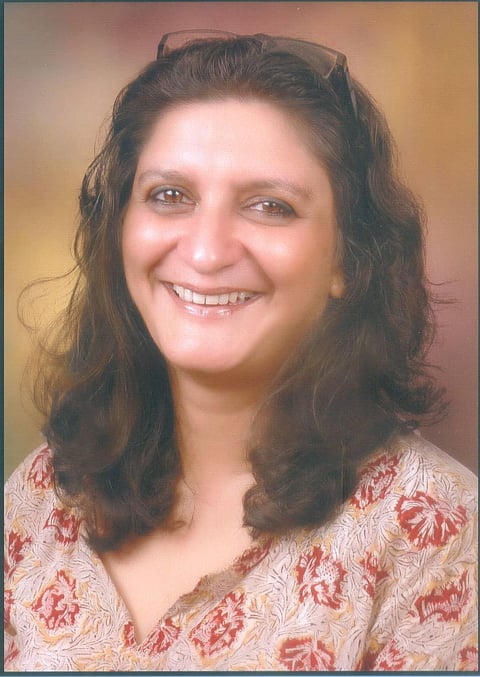
- Home
- न्यूजग्राम
- NewsGram USA
- India
- World
- Politics
- Entertainment
- Culture
- Lifestyle
- Economy
- Sports
- Sp. Coverage
- Misc.
- NewsGram Exclusive
- Jobs / Internships

By Nishtha
Dr Kavita Singh, an art historian and a professor at the School of Arts and Aesthetics, Jawaharlal Nehru University recently delivered a lecture on the topic, 'The Museum is National: National Museum in South Asia' at the National Museum, New Delhi. Speaking at the event, Dr Singh said that with the help of institutions like the National Museum one is able to trace the history of any nation through their art.
She shared anecdotes on how India, Pakistan and Bangladesh founded National Museums in their respective territories after independence, adding that 'heritage' is only a part of past that we desire – a concept that has been picked by museums across the world.
In conversation with NewsGram, Dr Singh shared her views on how art is interlinked with politics and why museums have handpicked parts of their cultural heritage to showcase in their premises. Excerpts from the interview:
Nishtha: You mentioned throughout your lecture that while museums serve as a reminder of vast cultural past and heritage, the collections including the artefacts have been carefully selected for display. What is the reason behind such selection?
Dr Kavita Singh: While constructing a National Museum, you want to display a strand of your cultural past which is valuable and in some way will unite the people of the country. For that, you make certain selections. One tries to avoid certain parts of the past which might stir up unwanted emotions. So you pick your way through the past. For instance, there are enough evidences to prove that India has a long tradition of patriarchy. However, we do not want to be perceived in that light anymore. So we focus on collections that portray women in powerful light to show that we have a lineage of strong women. One will always look for those strands from the artistic heritage that are of value to them.
N: Several interesting incidents during the construction of National Museums in India, Pakistan and Bangladesh found mention in your lecture. Could you share some with our readers?
KS: Well, when the National Museum was being set up in Delhi, the authorities were having a tough time in convincing people to donate sculptures, manuscripts, paintings or any other article of historic value. All efforts were in vain. But, one day Maharaja of Kapurthala wrote to the authorities saying that he would donate all the manuscripts in his possession. When the officers reached the spot they realized that the Punjab Provincial Government was already present there. It was the property of the government, and not the Maharaja's to give away. The manuscripts never made their way to the museum.
N: The Indian Council of Historical Research (ICHR) was recently reconstituted and office bearers who were related with the Rashtriya Swayamsevak Sangh (RSS) were appointed. Do you think such a move implies that art and politics are interlinked?
KS: Art has always been linked with some form of politics or other. You may or may not recognize it. There might be concepts that you might be hearing from your childhood so you don't consider them political statements. If you delve into the history, politics was connected right from the colonial government. For example, if you were living in Madras (now Chennai) under the British colonial period, there would have been a different sort of politics around art. The art politics was different in every region. More than the Bhartiya Janta Party (BJP) at the centre, the RSS has certain ideas about what art, culture and identity is. We certainly expect a lot of intervention in this issue soon.
N: The political wind especially around the independence shaped the Indian history and established our cultural identities. In the last three decades, we have seen significant political events with international relations with different countries improving. Do you think these changes are strong enough to create an impact on our heritage and culture?
KS: There have been moments where certain cultural relations became an important part of our diplomacy. In the 1980s, the festivals of India created an impressive impact and culture became an important part of our diplomacy since it raised the country's profile internationally. But there has not been a major phase like that since then. Off late, we take up partnerships that are suggested by other countries. We simply agree to become partners. The festivals were an unusual thing where India stepped up to take an initiative.
N: Do you think India is making sufficient efforts to promote art, culture and heritage at a national and international level?
KS: We have a long way to go and there is no question about it. We have such incredible sources whether it is tremendous skills of our craftsman, monuments and manuscripts across the country – in places we can't even imagine! Forget about museums, there are many collections in known and unknown temples and monasteries that we have no idea about. We need concrete and serious efforts.
